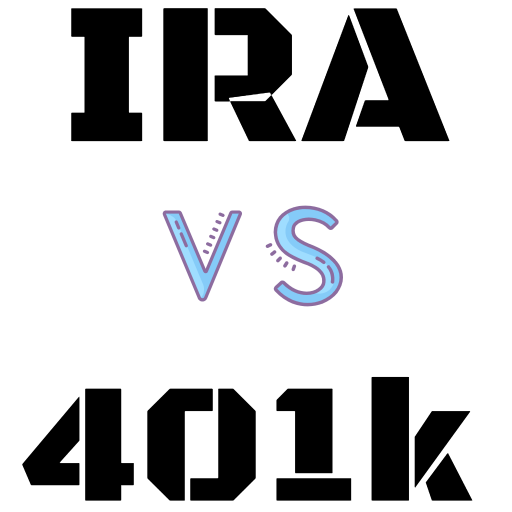
John Grobe
The semi-famous quote, “eternal vigilance is the price of liberty” is sometimes misattributed to Thomas Jefferson – but whoever first uttered the phrase long ago was providing some pretty good advise to retirement savers of today.
Our vigilance can manifest itself in our paying attention to our savings; both how much we set aside and where we put it. There’s a lot to be said for paying attention to our investments, whether they be in the TSP, an IRA, or elsewhere.
But we also must be vigilant in understanding how retirement savings mechanisms work and in remaining aware of changes that are proposed to these mechanisms.
We may need to adjust our sails when the winds of regulation blow. The SECURE Act is one of the latest examples of changes in the rules that govern retirement savings. The SECURE Act did a lot to expand access to workplace savings plans and make changes that are beneficial to those of us who do contribute to workplace plans.
Foremost among these changes was the change in the age at which required minimum distributions (RMDs) must be taken from 70 ½ to 72. For those of us who also contribute to Individual Retirement Arrangements (IRAs), the age limit (previously 70 ½) for contributing to traditional IRAs was done away with (there never was an age limit on contributing to a Roth IRA). Now a person who has earned income, regardless of how old they are, can contribute to any type of IRA.
Sounds good so far. But wait – at the last minute, a negative change was inserted into the SECURE Act; a change that did away with the ability of (with few exceptions) non-spousal beneficiaries to stretch their distributions from inherited IRAs and plans over their life expectancy. This change was a body blow to many beneficiaries and required them to rethink their financial plans. In effect, Congress robbed Peter to pay Paul.
We need to be aware that Congress is now considering the Securing a Strong Retirement Act (called by many SECURE 2.0). If enacted, this legislation would make yet more changes in the retirement landscape. Just like with the “original” SECURE Act, there will be positive changes if SECURE 2.0 comes into being. The two biggest ones (IMHO) are raising the age for RMDs yet again – this time to 75; and increasing the amount of catch-up contributions made to employer plans to $10,000 and indexing them for inflation. IRA catch-up contributions would receive similar treatment.
However, we don’t yet know the “catch” to SECURE 2.0. Just like the elimination of the stretch IRA was a late starter designed to “pay for” the benefits received from the original SECURE Act, we should expect Congress to slip something in to pay for the additional benefits found in SECURE 2.0. As long as Congress continues to view legislation as a “zero sum game”, rest assured that there will be a negative impact on some group of savers whenever changes like these are made.
Be vigilant! and pay attention! If changes are made that negatively affect you, and you are not aware of them, the negative effect is enhanced. It’s to your advantage to stay tuned in to financial news so that you can quickly adjust if need be.
TSP: Required Minimum Distributions (RMDs) in 2020 and Beyond
What it Takes to Be an Average Retiree
Calculating Service Credit for Sick Leave At Retirement
Don’t Overlook How Taxes Erode Retirement Income, Report Says
What it Takes to Be a TSP Millionaire in Today’s Dollars
With a long enough timeline, involving consistent large contributions and decent long-term stock returns during the period, it’s possible to become a millionaire from compounding a middle-class or upper middle-class income, including most jobs in federal service.
